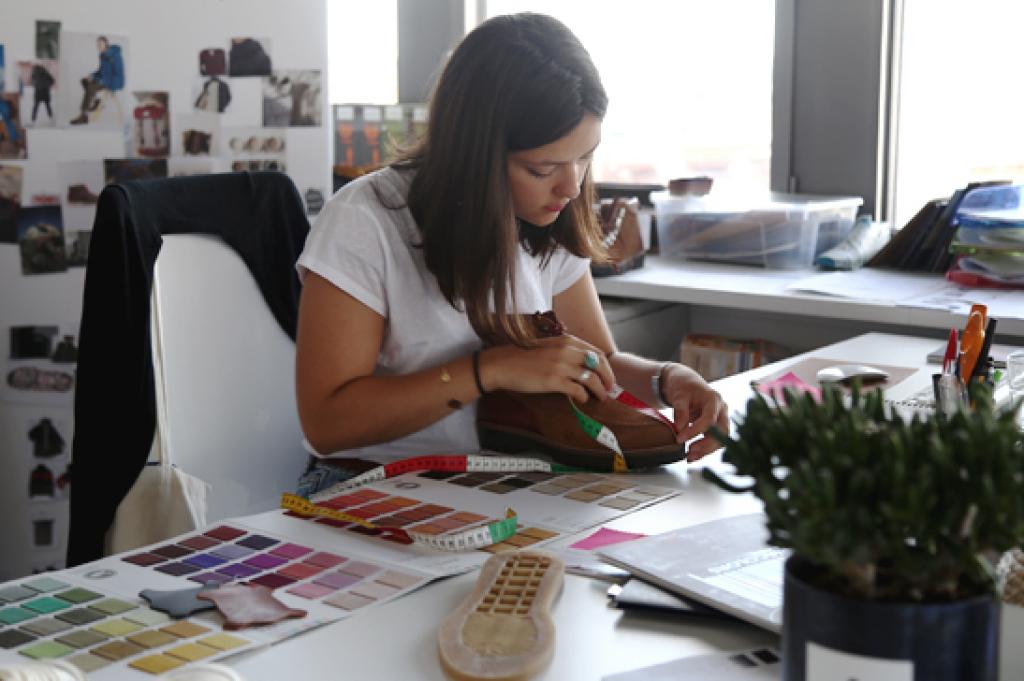Context and description
As a truly cross-functional initiative, eco-design requires the implication of all of the organisation's departments and services.
The success of this initiative depends on the capacity to commit stakeholders, in a voluntary manner, by sharing the stakes and benefits of getting involved.
Every member of personnel, every department, possesses its own commitment dynamic and will be sensitive or recalcitrant to various arguments.
It is for this reason that convincing management and personnel can be a long and delicate process which is sometimes confusing and discouraging. Within this context, it is essential to begin this initiative as early as possible and to maintain efforts over time in order to ensure eco-design is successfully and sustainably put in place within the organisation.














